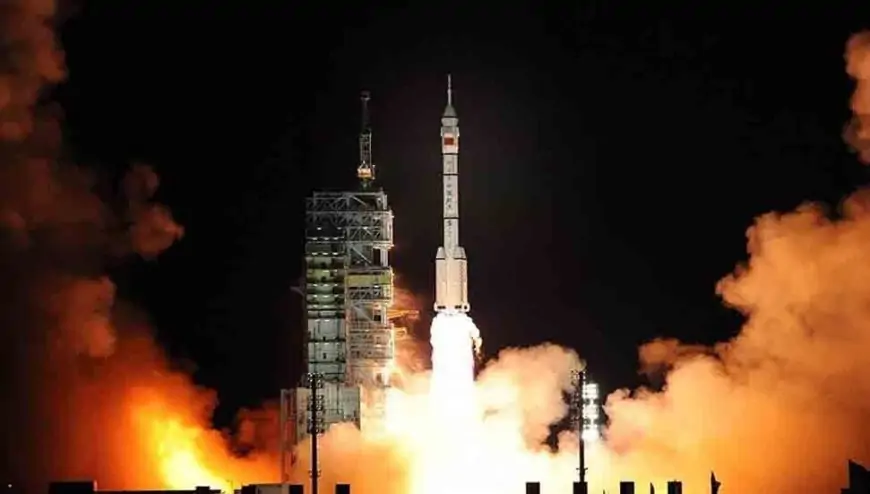China's Chang'e 6 lunar probe has returned to Earth, bringing with it samples from the unexplored far side of the Moon. These are live pictures of the capsule re-entering Earth's orbit above the deserts of Inner Mongolia. You can see it touching down on Earth as it descends.
Landing in Inner Mongolia
As you can see, the parachute just collapsed and followed down to the ground. This is Inner Mongolia in northern China. Scientists say they will soon start analyzing the rocks and soil gathered from the lunar surface.
A World First for China
China is the only country to have landed on the far side of the Moon, with this particular craft docking in a giant crater close to its south pole. It spent some two months in space. Our Beijing correspondent, Laura Bicker, has been following this story.
The Significance of the Mission
Laura, we're looking at the live pictures on the plains of Inner Mongolia. This is a hugely significant step for the Chinese government. This is a world first because it's the first time they've managed to collect soil and rock samples from the far side of the Moon.
Why the Far Side?
Why is the far side of the Moon such a fascination for scientists? First, it's thought that the rock composition is very different from the side of the Moon that we can see. The visible side's rock samples are volcanic in nature, similar to those found in Hawaii or Iceland. Scientists are unsure what kind of rock samples they'll find on the far side.
The Challenge of Communication
Another reason the far side is of real interest is its inaccessibility. China launched a special satellite to communicate with the far side of the Moon, as space centers on Earth cannot communicate with a craft when it goes around that side. This satellite enabled China to use a robotic arm to collect the rock and soil samples and return them to Earth.
Advancing Space Ambitions
This is a major step forward for China in its space ambitions. President Xi has described it as a Chinese dream and part of a space race to the Moon. NASA officials have stated there is a new race to the Moon between the United States and China.
The South Pole Landing Site
Laura, it's often referred to as the dark side, but it's not dark, is it? It gets its full share of light. Do we know why they chose the South Pole to land? The South Pole's Aitken basin, with its massive crater, allowed the probe to land and dig into that crater. Scientists hope these rocks will tell us about how the Moon and planets are formed, which is why they chose this particular site for sample collection.
Conclusion
The successful return of the Chang'e 6 probe marks a significant achievement for China's space program. The samples it has brought back will provide valuable insights into the Moon's composition and formation.















![[18+] Adult Telegram Groups Links for India [18+] Adult Telegram Groups Links for India](https://sociallyshout.com/uploads/images/202311/image_140x98_655b7e954cd20.webp)


